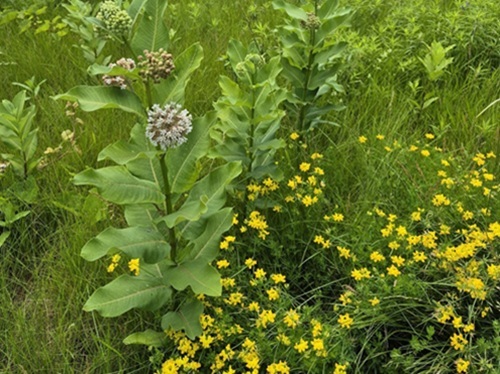The Virginia Department of Transportation is setting aside $211 million for its 2020-2021 winter operations cycle – funding to cover the cost of staffing, equipment, and materials required to keep roads free or snow and ice.
[Above photo by Virginia DOT]
“Our top priority is the safety of those on our roadways,” explained Kevin Gregg, the agency’s chief of maintenance and operations, in a statement.

“The Commonwealth has more than 128,000 miles of state-maintained roads and bridges [and] we prepare year-round to keep Virginia moving when winter weather arrives,” he said. “Our crews are trained, experienced and equipped to handle snow and ice before and after it hits the ground.”
[Want to know more about snow and ice fighting tactics? Check out the winter operations podcast put together by the American Association of State Highway and Transportation Officials Snow and Ice Pooled Fund Cooperative Program, known as “SICOP.”]
The Virginia DOT said it has more than 2,500 staffers and additional contractors available for snow removal statewide along with more than 11,300 pieces of snow-removal equipment available – including trucks, loaders, and motor graders.
The agency added that it has stocked more than 690,000 tons of salt, sand, and treated abrasives, along with 2.1 million gallons of liquid calcium chloride and salt brine, for the 2020-2021 winter season.
The Virginia DOT also noted in a video issued two years ago that “de-salting” snow and ice removal equipment after every winter event is critical to maintaining the longevity of its snow fighting fleet.
Other state departments of transportation preparing for the 2020-2021 winter season are also highlighting the impact the COVID-19 pandemic on their winter operations.
“Snow and ice preparations begin long before the winter months and this year has been unique with a health crisis in play,” noted Jim Gray, secretary of the Kentucky Transportation Cabinet, in a statement.

“We’ve done our best to see around the corner by planning how to keep our work crews as protected as possible from COVID, and also how to adapt plans to cover for crews that suddenly have to be taken out of rotation because of COVID,” Gray added. “This is uncharted territory and we will get through this together.”
Other state DOTs note that the COVID-19 pandemic is also forcing changes to their winter operation strategies, especially due to funding reductions.
For example, the Wyoming Department of Transportation said COVID-19 reduced state transportation revenues the agency relies upon to fund its winter road maintenance activities.
As a result, the agency plans to strictly adhere to its “snowplow priority plan,” which prioritizes snow removal operations based on road traffic volume – with school bus routes and major highways continuing to be “top priority.”
 States
States


